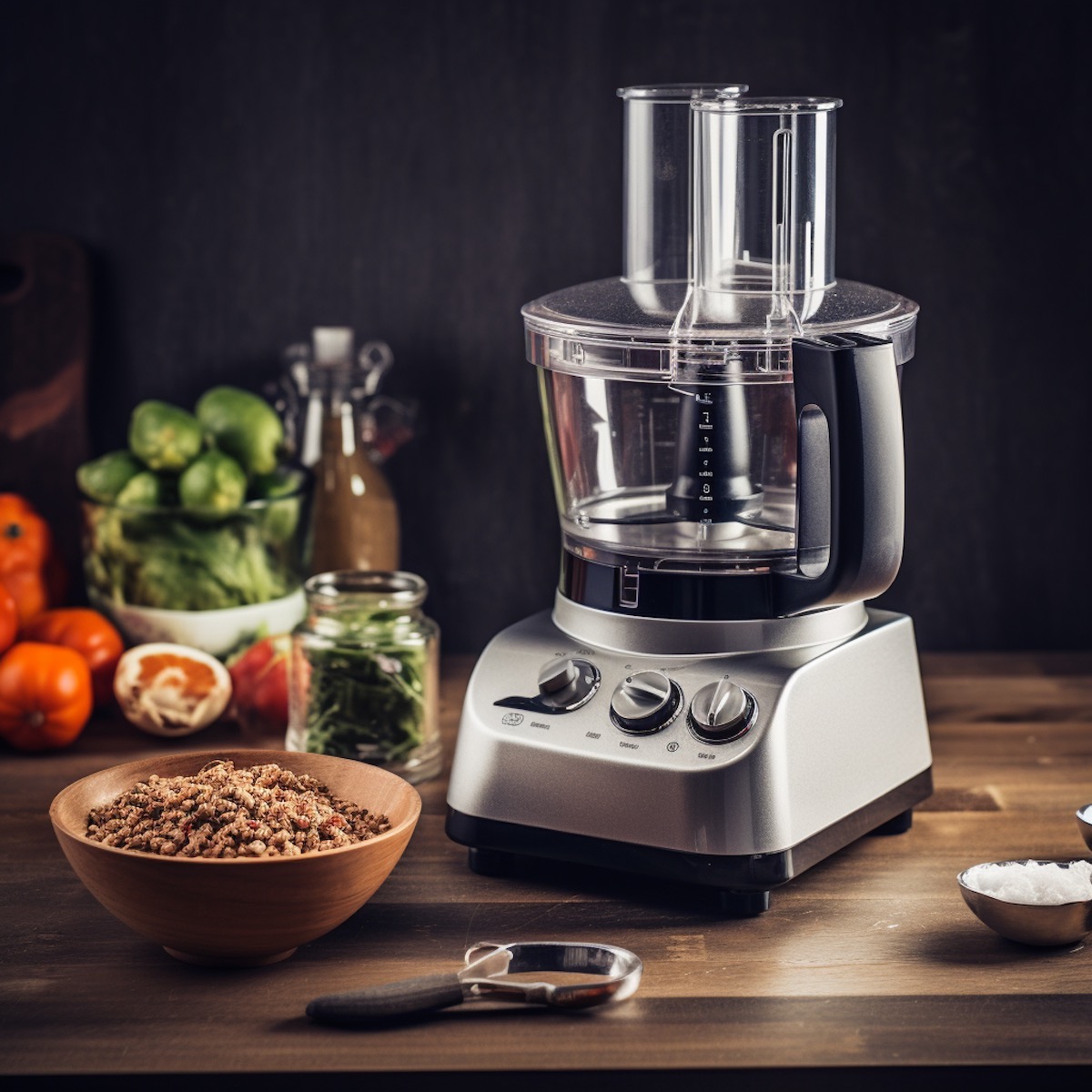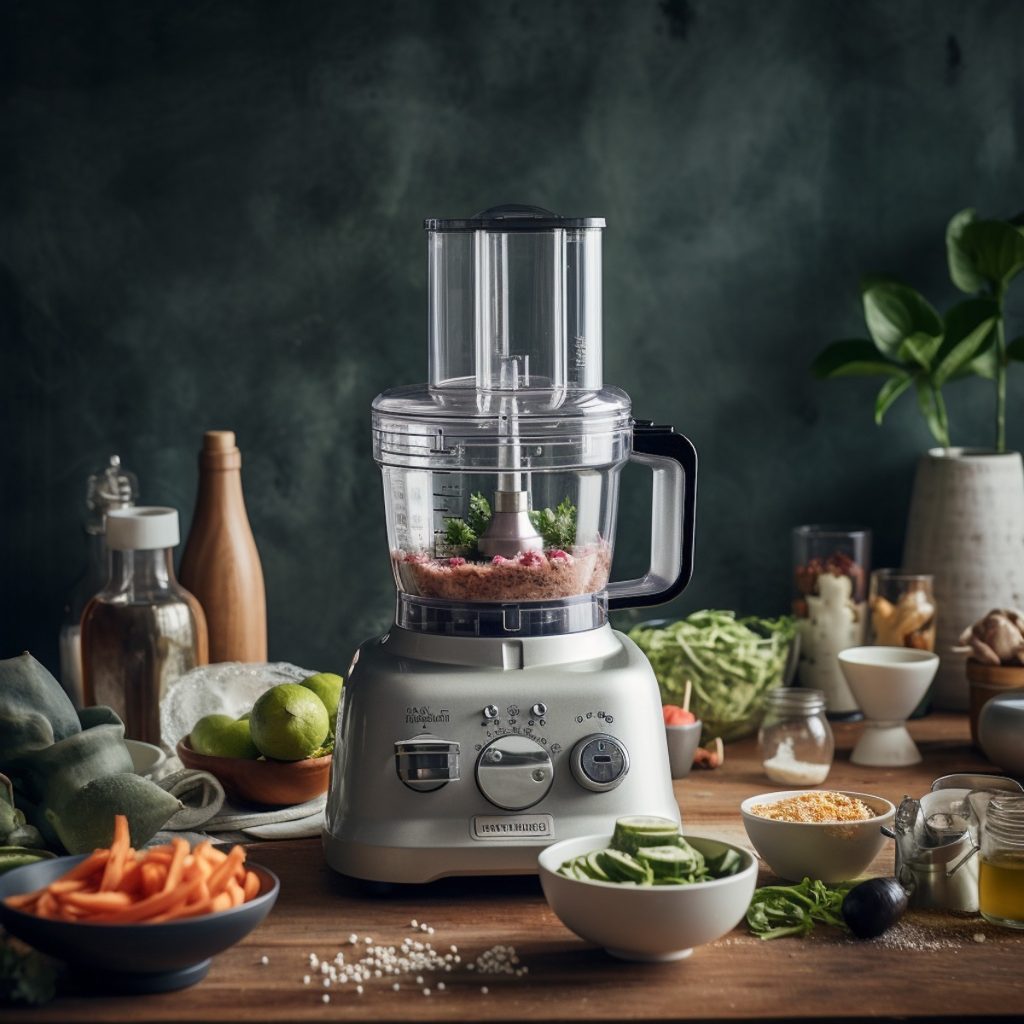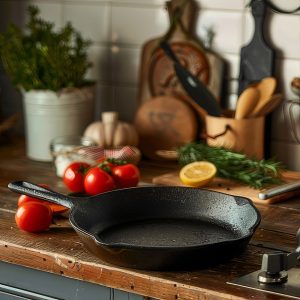What Is a Food Processor?
n today’s fast-paced world, time matters more than ever. Both home cooks and professional chefs look for tools to make cooking faster and easier. The food processor is one of these essential appliances. It’s versatile, efficient, and transforms how we prepare food.
A food processor has a powerful motor, sharp blades, and multiple attachments. It handles many tasks with ease. You can chop, slice, puree, and even knead dough in seconds. What once took effort and time can now be done quickly and precisely.
One big advantage is how much time it saves. It cuts down prep work while keeping results consistent. Whether you’re rushing to make dinner or tackling an elaborate recipe, a food processor becomes your best kitchen ally.
It’s also a great tool for creativity. You can experiment with new techniques and recipes. From blending sauces to grinding nuts, a food processor opens up endless possibilities. It empowers you to try more, with less effort.
Food processors offer uniformity, too. Even chopping and slicing mean even cooking and beautiful presentation. These appliances elevate your cooking, whether you’re a beginner or a pro.
Ready to learn more? Let’s explore the history, features, and many ways a food processor can revolutionize your kitchen.
A Brief History of the Food Processor
The food processor’s story is one of innovation. Its roots trace back to the early 20th century, with early attempts at mechanical food prep. But the modern version came after World War II.
In 1946, the French company Robot-Coupe created the first prototype. This bulky machine had a bowl and spinning blade powered by a motor. It chopped and sliced ingredients quickly, changing kitchen technology forever.
By the 1970s, companies like Cuisinart introduced smaller, more user-friendly models. These new versions could shred, grate, and blend. Over time, features like speed settings and interchangeable blades made food processors even better.
Today, they are must-haves in kitchens worldwide.
Pros and Cons
Pros
Time-Saving: Food processors significantly reduce the time required for food preparation tasks such as chopping, slicing, and grating, making cooking more efficient.
Versatility: They are highly versatile kitchen appliances capable of performing various tasks like chopping, pureeing, mixing, blending, and even kneading dough, offering multiple functionalities in one appliance.
Consistency: Food processors ensure consistent results in chopping, blending, and pureeing, which is particularly useful for recipes that require uniformity in texture.
Effortless Operation: With user-friendly designs and simple controls, food processors are easy to operate, requiring minimal effort for food preparation tasks.
Ingredient Integration: They enable easy incorporation of ingredients while processing, allowing for the creation of complex recipes and flavor profiles with minimal manual effort.
Space-Saving: Many food processors come with compact designs that save valuable countertop space, making them suitable for kitchens with limited room.
Nutrient Preservation: By minimizing exposure to heat and air during processing, food processors help preserve the nutritional value of ingredients compared to traditional cooking methods.
Customization: Most food processors come with interchangeable blades and attachments, offering customization options for different culinary needs and preferences.
Cons
Initial Cost: Food processors can be relatively expensive to purchase initially, especially models with advanced features and higher capacities.
Limited Capacity: While suitable for most home cooking needs, food processors may have limitations in processing large quantities of ingredients compared to commercial-grade equipment.
Cleaning Complexity: Some food processor models have intricate designs with multiple parts, making them challenging to clean thoroughly, especially in hard-to-reach areas.
Not Suitable for All Tasks: Despite their versatility, food processors may not be ideal for certain tasks such as fine chopping or precision slicing, which may require specialized equipment like mandolines or knives.
Noise Level: Food processors can be noisy during operation, which may be a consideration for those sensitive to loud kitchen appliances, particularly in open-concept living spaces.
Storage Space: While some models offer compact designs, others may require significant storage space for accessories and attachments, posing a challenge in kitchens with limited storage capacity.
Risk of Overprocessing: Without proper monitoring, there’s a risk of overprocessing ingredients, leading to undesirable textures or outcomes in recipes.
Dependency on Electricity: Food processors rely on electricity for operation, which may not be ideal during power outages or in locations with unreliable electricity supply.
Do I Really Need a Food Processor?
Even less expensive food processors of good quality can set you back a bit, so ask yourself these questions before buying.
- Do you do a lot of chopping, mincing, slicing, and/or shredding?
- Do you make a lot of homemade dips and salsas?
- Would you use a food processor at least once a month?
- Do you have enough storage room in your kitchen/on your counter? (You’ll need 1 to 1 ½ cubic feet of space.)
- Do you have a dishwasher? (Food processors have lots of pieces that need cleaning. I’ve seen dishwasher safe, and it’s safer to clean the sharp blade in a dishwasher than by hand).
If you answered “yes” to at least three of these five questions, you probably need (and probably more importantly, would use regularly) a food processor.
Can’t I Use My Blender Instead?
The short answer is “no.”
Blenders are designed with a conical bottom and require at least some liquid to keep food moving around through the blades. A food processor, with its broad, flat bottom and wide sweeping blade, does not require any added liquid.
Putting very “liquidy” ingredients in a food processor can result in a bit of a mess. If you already own a blender or an immersion blender and answered “yes” to at least three of the above questions, you could also benefit from owning a food processor.
What Should I Look for in a Food Processor?
Since all food processors do the same tasks, you should find a powerful food processor that can process food quickly and consistently. A heavy chassis will keep the food processor from “walking” during heavy-duty processing tasks.
- A large capacity—at least 9 cups. Remember, the effective bowl capacity is cut in half if you are processing liquid ingredients.
- A wide feed tube. A wider tube lets you push larger pieces of food through.
- Safety features. You want to ensure that the bowl locks onto the base, that the top locks onto the bowl, and that the processor will only start if the unit is locked together securely.
- Simple controls. Many models offer a wide array of speeds, but since processing takes place quickly, you only need On/Off/Pulse.
Optional Features That are Nice but not Essential
Extra attachments. Most food processors come with a stainless steel S-shaped chopping/mincing/pureeing blade, a plastic dough blade, and slicer/grater discs.
Any other attachments are excellent but optional. A mini chopping attachment. Some models come with a smaller 2-4 cup mini bowl and blade, perfect for processing small amounts of food, such as herbs for a garnish.
Touchpad controls. These models have buttons that are behind a sheet of plastic. Excellent for keeping food out of cracks, this feature makes a food processor easier to clean.
Instructional DVD. All food processors come with an instructional booklet with recipes. For visual learners, the DVD makes an excellent addition to the instructional packet.
Continuous feed slicer/shredder. This extra attachment allows you to slice or shred as many vegetables or as much cheese as you want without having to stop and empty the bowl. A chute directs the processed food into another bowl instead of depositing it in the integrated work bowl.

online sources: Food Processors
Food Processor models change so quickly that I could recommend one today, and it might be obsolete tomorrow. So I suggest you go by brand names. There are several excellent manufacturers of food processors, and I suggest you look at Cuisinart, KitchenAid, and Viking.
Check out a few of my favorite picks below and find a model that fits your needs. Remember, you don’t have to have the biggest, baddest processor if you don’t do a lot of cooking, but they sure look good and are fun to own.
There are many sources for purchasing quality small kitchen appliances, including blenders, toasters, and mixers. Check out your local department stores and kitchen supply shops.
















19 Responses
thank you for your information on the food processor I found it very helpful
My Kenwood gourmet processor gave up the ghost after 42yrs. I am trying to find a food processor that has not got a blender. Money wise between 40.00- 130.00 . Can you help please.
I don’t think you were any help what so ever in choosing the best food processor which by the way is the title on the very top of this page. (in case you did not notice)
Salim, sorry you feel that way. – RG
Hey nice information…It helped me a lot…
Thanks, that’s great clear advice, which appears very hard to come by in the world of Food Processors ! I’ve been looking for a decent option since the start of December, and I think I’m closer to purchasing now, having read your piece.
I found the info you disclosed informational, but would’ve liked more detail about which processors were the best. Comparative features, price, etc. Your title made me think that was what was going to be discussed.
Donna, food processor models change so quickly that there is no way I could stay current with features and prices so I tried to offer what I look for when purchasing one. There are many other sites that offer the kind of information that you are looking for. Good luck. – RG
Took a class on food processors.
The chef used a Cuisinart. It
was wonderful.
Can you mix a cake in a food processor
Mike, I wouldn’t. You could get away with the pastry blade to mix and aerate your dry ingredients, but the action of a food processor is too fast and generates too much heat to get a good emulsion for a butter cake. Stick with a stand or hand mixer; you’ll be happier with the results.
Thanks Jenni
I thought the information was good. I was on the fence about the number of buttons/controls and feel more comfortable that an on/off/pulse button is acceptable.
I do want to know if there is a recommended wattage that is preferable. I wish to make coconut butter and i hear that everyone is saying it can take 10 mins in the food processor. Seems like a long time to run the machine and I wouldn’t want to burn up a new food processor.
Any recommendations?
I wonder if you could help, im looking to buy a food processor for my mum who
Has wrist problems and is struggling to cut and slice food like ptatoes carrots onions etc. Could you suggest one to me that puts the least amount of stress on the wrist please.
what do you recommend up to $600
Thanks for the info. I have read some of the comments. Let’s face it, “some people just want you to actually pick the right one for them; but as you said from the beginning, things changes so fast that it is not such a good idea to recommend any brand. ” People must learn to take research data and apply it with their common sense and their needs. I think that the info fitted the title. Thanks again! Now it is my turn to go into the store or online and buy with the info in mind.
No! Say Ro-Bo-Coop.
I had no idea that you should look for a food processor that can hold at least 9 cups. I have always wanted to get a good processor for our house, but I am really bad at knowing what to get. I will have to make sure that I choose one that can hold everything.
I think it depends on the personal requirement, based on that we should select food processor. Some people want to use daily some people use only on weekends. So it personal requirement. Big container or small container etc…
thanks for the information
I’m about to buy my first processor. I want to ask does the Hamilton 8-cup food processor grind meat well. It’s affordable but the motor doesn’t look that great. I’m trying to find more info for reference. Thanks in advance
Nice article! Thanks for sharing informative post Keep posting